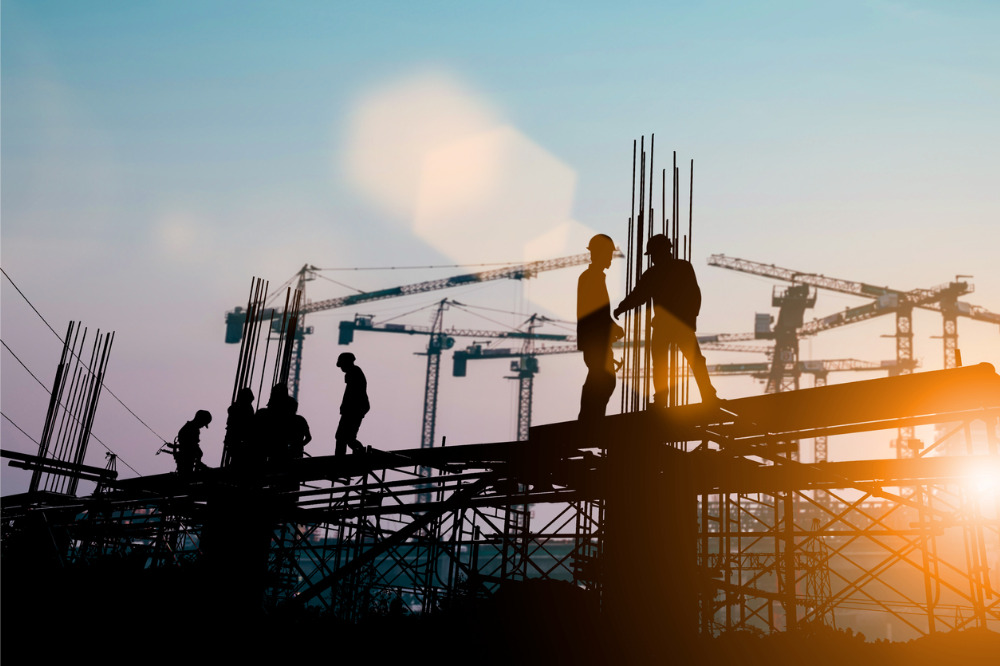There was a 4.1% drop in the listings of newly-built homes last month as builders continue to grapple with rising lumber costs.
“There’s plenty of demand for new homes, but builders are facing a unique and costly set of hurdles as they attempt to satisfy that demand,” said Redfin Chief Economist Daryl Fairweather.
New listings fell 4.1% year over year to a seasonally adjusted rate of 74,000 in August, a reversal from the 3.8% increase in July, according to Redfin.
“Listings of new homes aren’t bouncing back as quickly as listings of existing homes because, unlike individual homeowners, construction companies have to deal with lumber and labor shortages during the pandemic,” Fairweather said. “They’re also competing for labor and materials with folks who are renovating their houses during quarantine. The lack of new listings is keeping builders from reaching their full potential in terms of home-sales growth.”
Existing-home sales growth outpaced new-home sales growth for the first time in five years. Annual sales of new homes slowed from the 13.5% gain in July to an 8.3% increase (73,000 units) in August, while sales of existing homes jumped 10.5%.
The increase in sales led to a 38.3% year-over-year plunge in the supply of existing homes for sale and a 33.6% cut in the number of newly-built homes on the market – the largest declines since at least 2013, according to the report.
This low supply and high demand trend continued to push prices up. New homes sold for a median of $378,000, 4.1% higher than last year, and have exceeded the pre-coronavirus (February) growth rate for the first time. Meanwhile, existing home prices spiked 12.1% to a median of $316,000. Existing homes are typically more affordable, and consequently more desirable for many Americans, explaining the relatively high price growth.
“Prices will keep going up if we don’t see a meaningful increase in the supply of new homes on the market,” Fairweather said. “Unfortunately, there are no signs that such an increase will occur anytime soon.”
“Historic traffic numbers have builders seeing positive market conditions, but many in the industry are worried about rising costs and delays for building materials, especially lumber,” said NAHB Chairman Chuck Fowke. “More domestic lumber production or tariff relief is needed to avoid a slowdown in the market in the coming months.”

